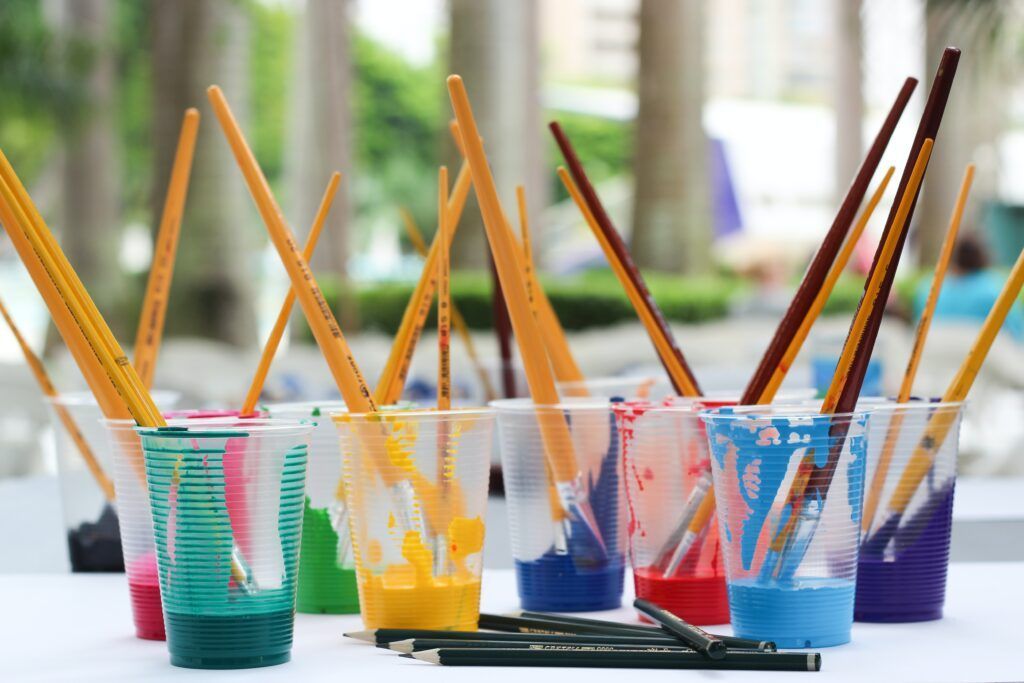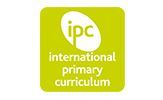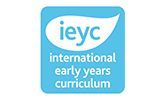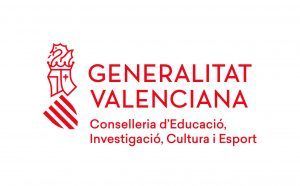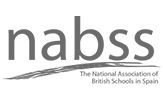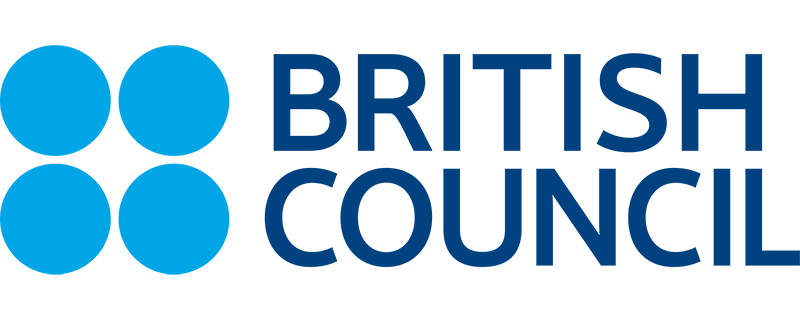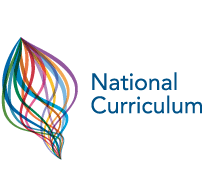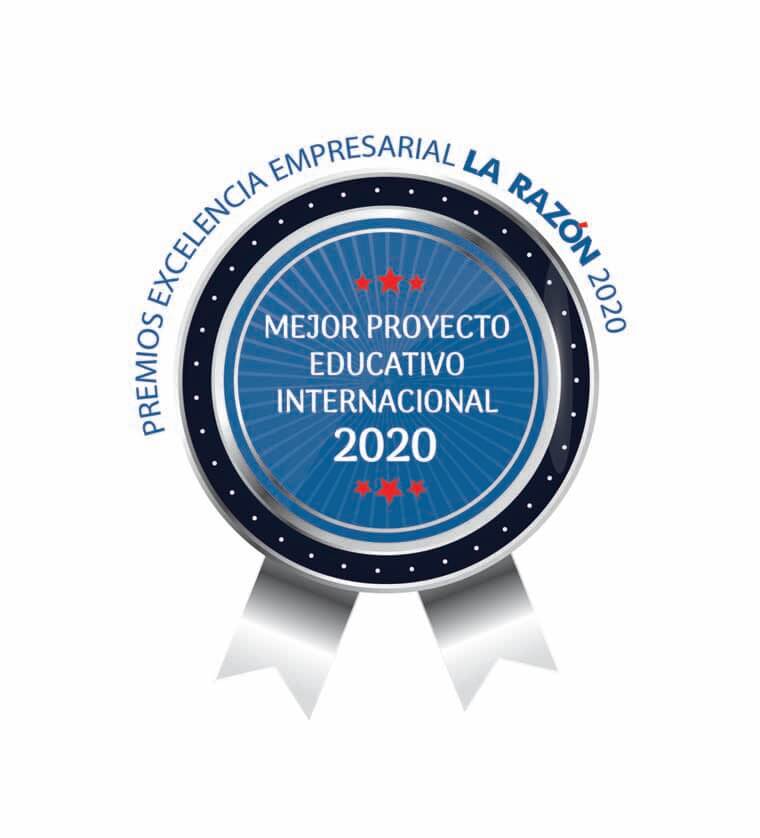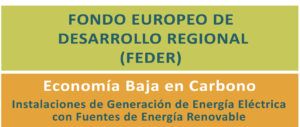The importance of art activities for children in their educational stage
Plastic activities for children are part of their artistic education. The knowledge related to art will be fundamental throughout their formative stage, in Newton College we have specific spaces for the development of plastic activities at all ages, with the aim of promoting their creativity and the values associated with artistic creation.
The advantages of plastic arts activities during childhood
Plastic arts activities should be very present during their education. The plastic arts represent an integral learning, which is perceived in other aspects of their education.
The main benefits of plastic arts activities are the following.
- On an emotional level, art-related activities allow them to improve their self-esteem, perceiving their own work as an activity with value.
- It boosts their creativity and freedom to develop their own ideas. Art is the best way to stimulate their imagination and put it into practice through activities.
- Art activities allow them to form their own criteria. At this age they define a large part of their personality, through the arts they can show themselves as they are, in a safe space adapted to their age.
- The arts allow them to practice their ability to concentrate, a basic skill in other aspects of their daily lives.
- Fine motor skills are those that have to do with precise movements, and the arts allow them to develop them during their first years of schooling, improving their ability to move.
- The use of artistic materials allows them to interact with elements of their environment, understanding how they work.
- Art activities in the classroom are also a means to learn values and work in groups, collaborating with their classmates in common activities.
- Art encourages the use and development of the senses, especially sight and touch, with which the student perceives much of their daily environment.
A space in which to develop their artistic abilities
At international school of Alicante,Newton College, we have specific spaces for our students to enjoy the most complete environment, equipped with material to carry out their plastic activities.
The Pablo Picasso building houses art classrooms where they can paint, create their own works and exhibit them, in an environment that suits each training cycle. Our experience has shown us that activities related to the plastic arts are fundamental for their development, that is why all our educational programs, from kindergarten to high school, include activities and subjects that encourage their creativity and try to enhance the skills they learn through art.
Art teaches us to understand ourselves as individuals and as a society, so this part of learning is an exciting path, which will have a subsequent improvement during adulthood.
Art activities in the infant and primary school years
The first courses of formation are a stage in which the student establishes a great part of the basic knowledge that he or she is going to handle throughout his or her life. In the case of artistic skills, plastic activities allow a way of expression very different from oral language or body expression, it is a personal medium, which encourages creativity and freedom of decision.
Art activities during kindergarten and primary school begin with a process of familiarization with art and the materials that the student will usually use. Students in the first years of kindergarten quickly acquire the necessary knowledge to start creating their own works of art. By stimulating fine motor skills, we also get them to develop their movements and apply these skills to other activities in their daily lives.
From the ages of three to eleven, the objective is based on the practical development of art, through activities that motivate and help them to enhance their creativity. For the student, these subjects provide a different motivation than activities related to memoristic learning.
Visual arts activities in secondary school and high school
During secondary school, plastic activities have two aspects: on the one hand, the student’s creative capacity is reinforced through the practice of artistic works; on the other hand, they learn technical and historical aspects related to artistic activity and the history of art.
The evolution and development of art is a basic knowledge, encouraging a student’s curiosity about artistic activity allows them to perceive their own training as a permanent process, whose responsibility depends on their own ability. At Newton College we stimulate their curiosity, so our students perceive the history of art as a basic aspect for their formation.
The baccalaureate courses focus on technical knowledge oriented to their university education. A great part of the technical careers include creative drawing among their subjects, the university preparation courses allow us to develop the students’ plastic skills, preparing them for the next step they will have to take in their education.
The advantages of plastic activities in their growth
The plastic arts activities have a practical aspect and are related to a series of theoretical and technical knowledge that they learn throughout the formative school courses, however, the main objective is that art is a vehicle from which to develop other capabilities, which allow them to enhance their personal skills.
Both in the individual aspect, in relation to creativity and confidence, and in the collaborative aspect, through artistic work in common, the implementation of artistic activities is a very important process in relation to their future, and for many students is the beginning of what will be their work activity.
At Newton College, the best private bilingual school in Alicante, we develop a multidisciplinary educational program from the first years of primary school to pre-university courses. In our academic process art and plastic activities are a fundamental axis, with which our students learn the value of creativity and develop their potential.
